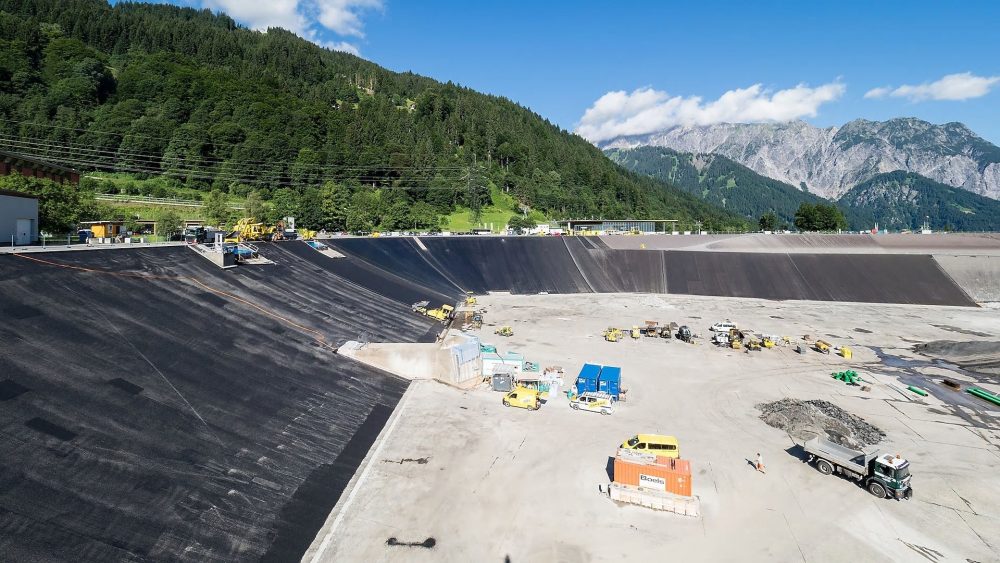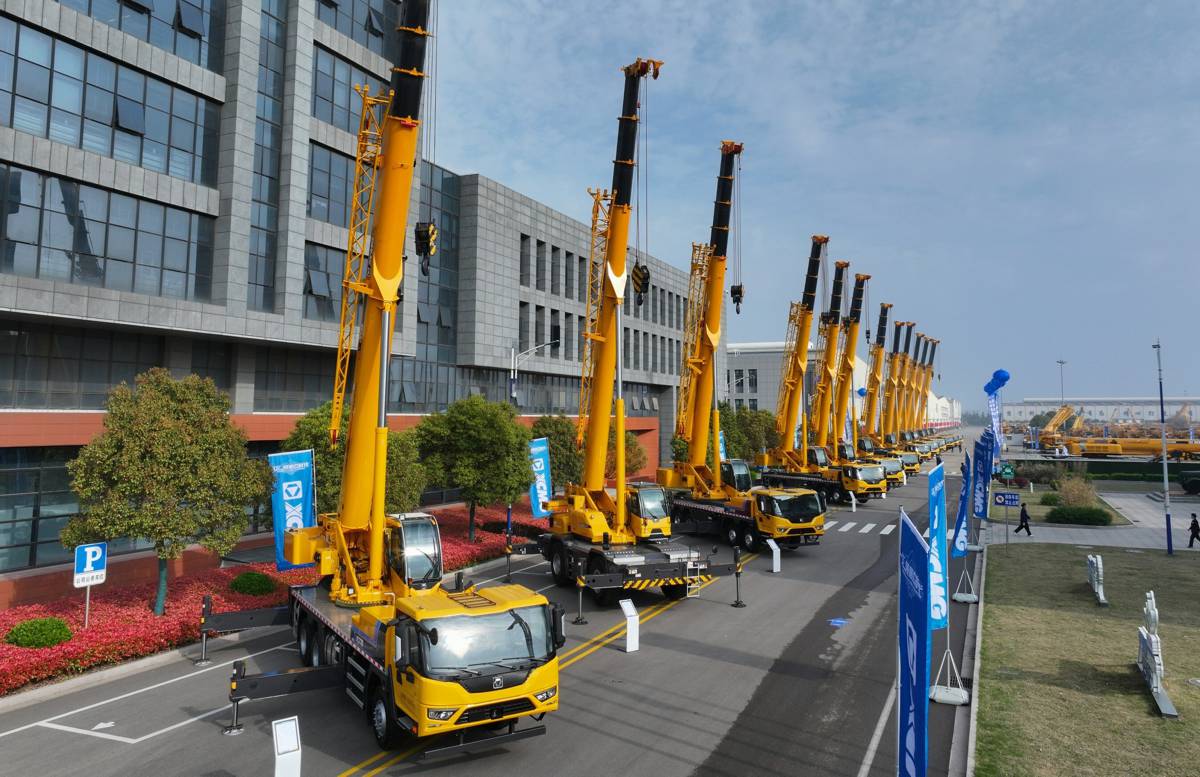Austria’s Latschau Reservoir refurbished with Shell Bitumen
The Latschau reservoir is a hub for the hydroelectric power facilities of Vorarlberger Illwerke at Montafon in western Austria. The sealing of the reservoir has now been refurbished with Shell Bitumen RC 70/100 so that it can contribute to sustainable power generation in the future as well.
With an ingenious system of ten hydroelectric plants, Vorarlberger Illwerke AG in Montafon produces base load and peak load energy. It is precisely the peak load energy that is of great significance to the energy transition, since it is becoming increasingly important, due to the steadily growing proportion of energy from photovoltaics and wind power, to be able to compensate reliably for fluctuating feed-in capacities. With the help of hydroelectric power facilities, this task can be taken on with a renewable, environmentally-friendly energy source.
The Latschau reservoir is a hub in the Illwerke power plant system. It is located at around 1,000 metres above sea level in the municipalities of Vandans and Tschagguns and has an overall capacity of 2.2 million cubic metres. From here the water is channelled over a 350 metre height difference to the turbines. The turbines of the adjacent power plants have a joint capacity of around 800 megawatts.
The reservoir consists of two lower reservoirs which are separated by a dam. Reservoir II had already been renovated in 2011 and since then has been fully lined with an asphalt sealing. Reservoir I was previously fitted with an asphalt seal in the embankment area only, originating in 1973, whereas the bed had a concrete seal dating back to 1943.
Consequently, Reservoir I was refurbished between the end of March and the start of September 2017: including being fully fitted with an asphalt seal with the aid of Shell Bitumen and the RC 70/100 binder. Illwerke invested around 16 million euros in the project, of which approximately six million euros went on the asphalt seal. The coordination between the bitumen supplier and the mixing plant took place via BHG BitumenhandelsgmbH & Co KG from Loosdorf. The construction works were carried out by Hilti & Jehle GmbH from Feldkirch and WALO AG in Zurich.

High demands on material
High demands are made on the newly-installed materials, with the client expecting them to last at least forty years. In addition, the effects of the weather in the high-mountain location are naturally greater than in other projects. In the five-year planning phase, the planned building materials were therefore tested intensively.
In selecting a binder, Shell Bitumen RC 70/100 was chosen, which has an even more stringent product specification than is required in the European standard for bitumen: “It is softer and has a higher penetration than competitor products,” says Wilfried Mathei, Head of the Pavement Construction department at Hilti & Jehle GmbH. “In our laboratory tests the RC product from Shell Bitumen achieved very good results.”
The new asphalt seal consists of a five-centimetre-thick binder layer, which has high permeability. That is necessary in order to dissipate heat, water vapour and leakage water, during installation and later in operation of the reservoir. Over that lies a six to eight centimetre-thick sealing layer, which is completely impermeable.
“Especially in this project, pre-planning was incredibly important. Since the journey time between the loading point in Mannheim and the asphalt mixing plant near Latschau was six hours, perfect coordination of the logistics was therefore a prerequisite for the success of the project,” says Horst Mocker, responsible for application technology and sales at BHG BitumenhandelsgmbH & Co KG.

Working under extraordinary conditions
The renovation of the reservoir is also a project on an exceptional scale: around 60,000 square metres of surface area were re-asphalted during the course of the works. Approximately 21,000 tonnes of mix and 1,150 tonnes of bitumen binder from Shell Bitumen were used for this. In addition, there were the extraordinary technical challenges which the project posed. For example, the machines for asphalting the embankment had to be guided on a wire cable.
The quickly-changing weather conditions called for an ongoing adaptation of the construction processes in coordination with the overall site. “Renovating an existing structure also brings with it constant surprises,” notes Wilfried Mathei. “When you also consider the multitude of works taking place in parallel, you can see that all concerned needed a high degree of competence, flexibility and determination.” In doing so, it was possible to complete all of the asphalting works in only nine weeks. Around fifty people were working on it every day.

Ahead of schedule
In order to carry out the works it was necessary to completely drain Reservoir I, which meant that it could not be used during the construction period. The project was also a challenge for the intensive tourism in the Latschau area, because parking places had to be suspended around the reservoir, for example.
In view of the external factors, it was therefore an even greater achievement that the initially scheduled shutdown could be shortened by three weeks. “Not least because of the constructive cooperation, it was possible to carry out all of the works in accordance with the time constraints and qualitative specifications. The ongoing weekly planning meant that we could precisely control the quantities for refinery and haulage and plan the staffing accordingly – as required for the respective project phase. Many thanks to everyone involved, who worked together hand in hand. That was the reason for the outstanding success of the project,” explains Wilfried Mathei.
Wilfried Mathei’s conclusion is also thoroughly positive: “Everyone concerned has made a contribution to the completion of the project in record time, in terms of quality and adherence to schedules. In only six months we managed to get the reservoir ready for the future with greener energy.”















